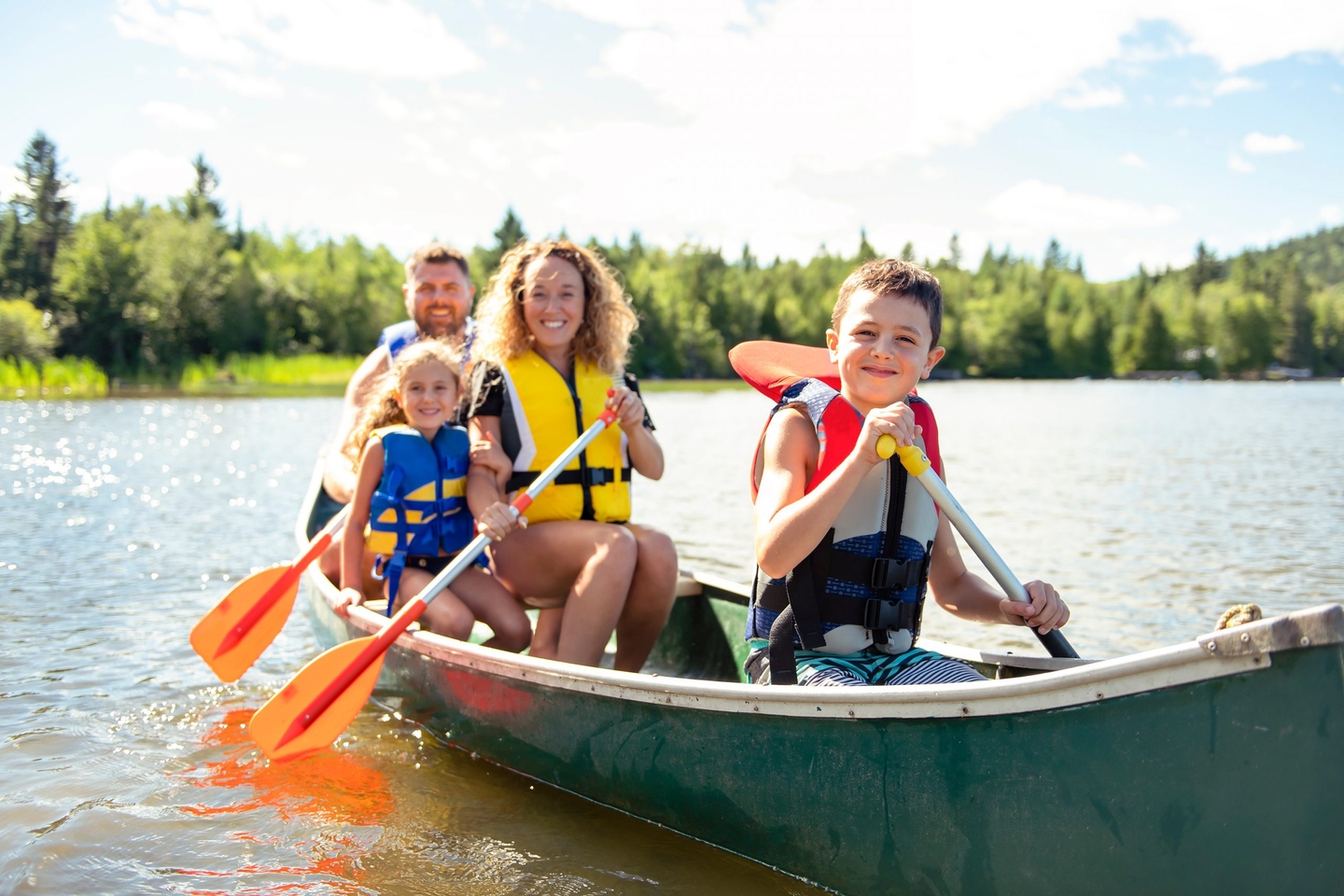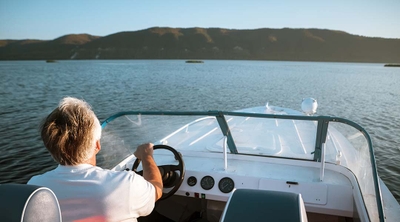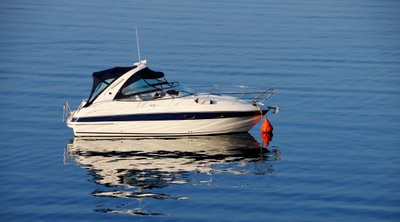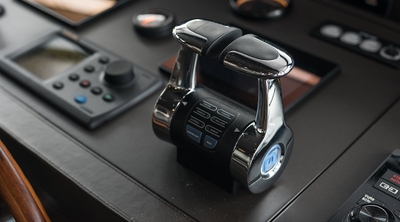Rules for life jackets on boats
2 min read
Life jackets are a boat’s most important safety equipment. Federal law requires all passengers under 13 to wear a life jacket while a vessel is underway. The U.S. Coast Guard defines the rules for life jackets, also called personal flotation devices (PFDs) on boats.
What are life jacket requirements?
According to the U.S. Coast Guard (USCG), life jacket requirements include:
- Proper size for the wearer
- Suitable for the activity
- In good condition
- Buoyant enough to meet USCG standards
Are there life jacket rules by the state?
In addition to the federal requirement for passengers under 13, some states impose more comprehensive requirements for life jackets. Additional requirements include what sizes of vessels necessitate PFDs, what styles are approved, and more. State life jacket laws may also specify exceptions to the requirements, such as when passengers are inside an enclosed cabin. Because state life jacket laws vary so much, you should check the life jacket requirements in your state before setting off.
How to tell if a life jacket is Coast Guard-approved
Many life jacket requirements are situation dependent. A jacket that’s the right size for one person may not be the right size for another. For instance, all USCG-approved life jackets include labels that define the conditions under which the life jacket would be appropriate.
According to the Life Jacket Association, manufacturers are supposed to print this information on the jacket itself. It should include the phrase, “U.S. Coast Guard Approval” followed by a number specifying which USCG regulation the jacket meets. If you can’t find this information printed on your jacket, assume that the life jacket is either not USCG-approved or is no longer in good enough condition to use.
Are life jackets required on kayaks?
The U.S. Coast Guard safety standards apply to all types of boats. That means kayaks and other non-motorized boats have the same life jacket requirements as other craft in their category. Depending on your state’s laws, you may be required to wear the jacket for your trip.
Being safe on the water involves more than wearing a life jacket. Learn other safety tips like how to anchor a boat and what to do if your boat capsizes.




